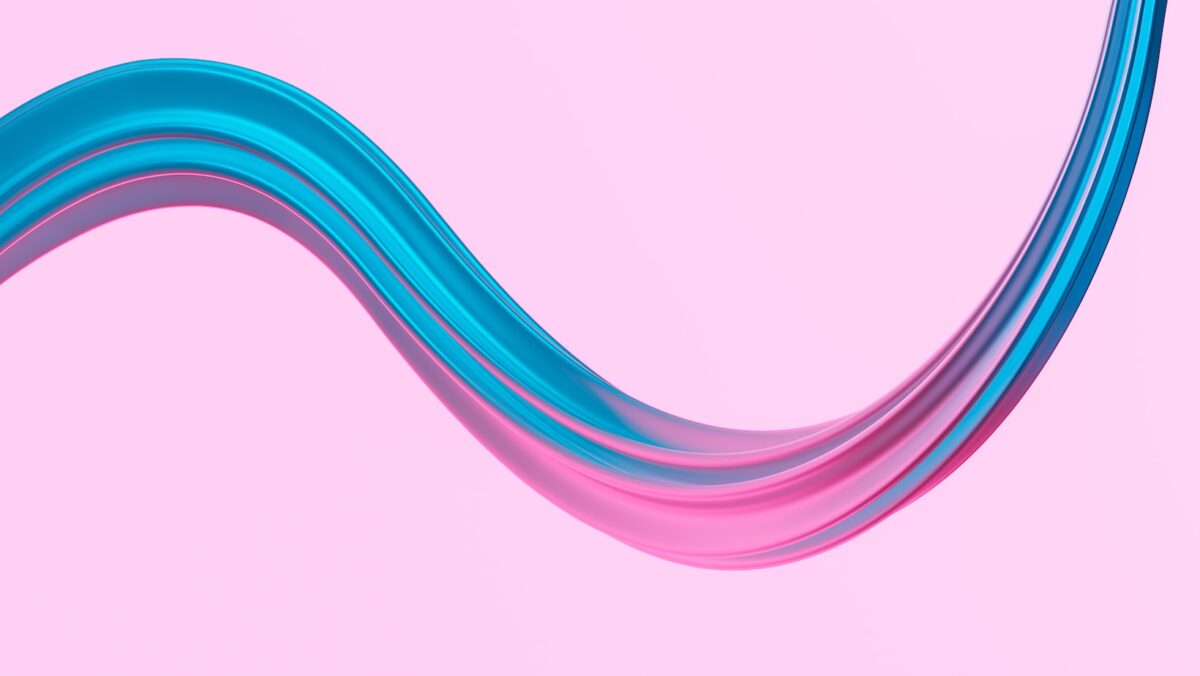Curved lines can be found in various forms of art and design, and they often hold significant meaning. Whether in paintings, sculptures, or even in graphic design, curved lines have the power to evoke emotions and convey messages. Understanding what curved lines represent can enhance our appreciation and interpretation of visual art.
In the realm of graphic design, curved lines can symbolize movement, fluidity, and grace. They can add a sense of dynamism and energy to a design, making it visually appealing and engaging. Curved lines can also represent softness, delicacy, and femininity, making them a popular choice in designs targeting a female audience.
In the world of fine arts, curved lines can express a range of emotions and concepts. From the gentle curves of a landscape to the bold, swirling lines of abstract art, each curve carries its own significance. Curved lines can represent harmony, rhythm, and balance, creating a sense of tranquility and unity within a piece. They can also convey a sense of movement, capturing the flow and energy of the subject matter.
What do Curved Lines Represent
Curved lines are an essential element in art, design, and mathematics. They are characterized by their smooth, flowing shape and lack of sharp angles or corners. Curved lines can be found in various forms, such as arcs, spirals, and waves. These lines are often associated with movement, fluidity, and harmony, and they play a crucial role in conveying these qualities in visual communication.
In art and design, curved lines represent a sense of flow and dynamism. They can create a sense of movement within a composition, guiding the viewer’s eye and creating a sense of energy. Curved lines can be used to depict organic forms, such as the curves of a human body or the gentle curves of a landscape. They can also be used to create abstract designs, adding a sense of rhythm and balance.
In mathematics, curved lines are integral to understanding geometric shapes and equations. They form the basis of circles, ellipses, parabolas, and other curves, providing insights into patterns and behaviors in the natural world. Curved lines can represent growth and transformation, as seen in the logarithmic spiral found in seashells or the Fibonacci spiral found in sunflowers. They also represent the interconnectedness of different elements, as seen in the fractal patterns found in snowflakes or ferns.
Overall, curved lines represent beauty, elegance, and balance. They capture the essence of natural forms and convey a sense of movement and rhythm. Whether in art, design, or mathematics, understanding the meaning behind curved lines is crucial for creating visually engaging and impactful compositions.

Different Types of Curved Lines
When it comes to understanding what curved lines represent, it’s important to recognize that there are various types of curved lines, each with its own unique characteristics and meanings. Here are a few examples:
- S-Curves: S-curves are graceful and flowing lines that resemble the letter “S.” They represent movement and rhythm, often seen in natural forms such as waves, vines, and the human body. S-curves evoke a sense of elegance and dynamic energy.
- Circles: Circles are enclosed curved lines that have no beginning or end. They symbolize unity, wholeness, and infinity. Circles are often associated with perfection, balance, and harmony. They can be found in various aspects of nature, from planets and celestial bodies to flowers and fruits.
- Spirals: Spirals are curved lines that continuously wind around a central point, expanding or contracting as they go. They represent growth, evolution, and transformation. Spirals can be found in seashells, galaxies, and even in the patterns of hurricanes. They signify the cyclical nature of life and the interconnectedness of all things.
- Ellipses: Ellipses are elongated curved lines that are similar to circles, but with two different radii. They convey a sense of progression and movement, often associated with orbits and trajectories. Ellipses are commonly used in architecture, product design, and typography to create a sense of dynamic tension and visual interest.
By understanding the different types of curved lines and their meanings, artists, designers, and mathematicians can effectively use them to convey specific emotions, communicate ideas, and create visually engaging compositions. Curved lines bring a sense of fluidity, energy, and beauty to any artwork or design, making them a powerful tool in visual communication.

